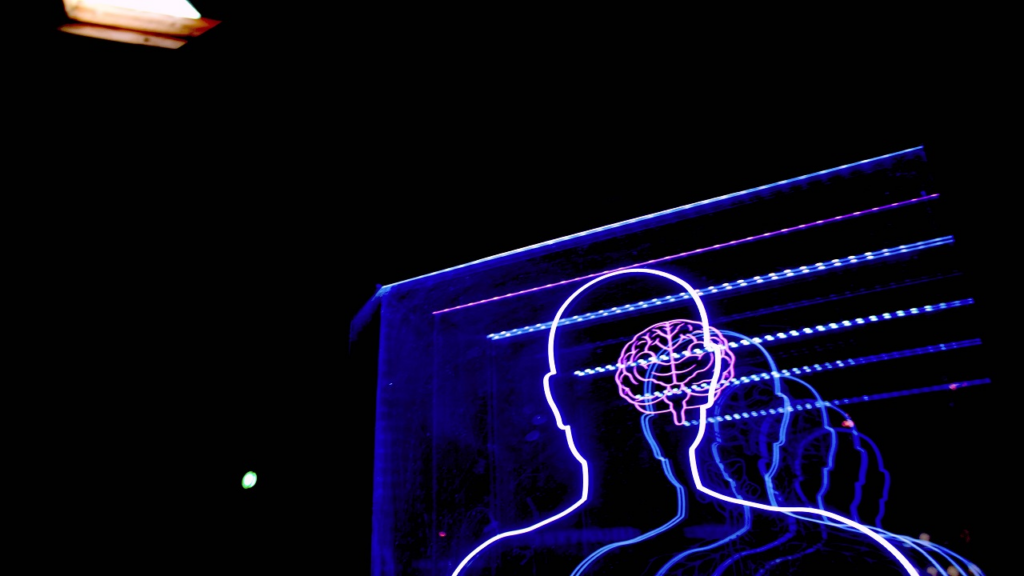In the domain of science fiction, mindreading has always been depicted as a superhuman or extraterrestrial ability.
Recent developments in medical technology, particularly the combination of Magnetic Resonance Imaging (MRI) scans and Artificial Intelligence (AI), are bringing us closer to making this once-impossible concept a reality. The implications of this ground-breaking fusion are both astounding and horrifying to some.
Unveiling the Mind’s Inner Workings
MRI imaging have been used for decades to obtain detailed images of the structure and activity of the brain. Using a strong magnetic field and radio waves, MRI machines produce high-resolution images that provide invaluable insight into a variety of neurological conditions.

The true triumph, however, is the combination of AI algorithms and MRI technology, which enables the interpretation and comprehension of our thoughts and emotions.
As a Mind Reader, AI
In recent years, Artificial Intelligence algorithms have made significant strides, enabling machines to process immense quantities of data and recognize intricate patterns.
AI algorithms applied to MRI scans can decode the brain’s activity patterns to disclose a person’s thoughts, intentions, and even emotions. This innovative AI application has the potential to transform disciplines such as neuroscience, psychology, and psychiatry.
Mapping Ideas and Objectives
Imagine a world where intricate neural pathways associated with specific thoughts and intentions can be mapped. Researchers have begun to decipher the brain patterns that correspond to various mental states with the aid of artificial intelligence.
By analyzing the distinctive signatures of brain activity, it is possible to decode a person’s thoughts with startling precision. This technology bears promise for non-verbal individuals, as it provides a means to comprehend and interpret their innermost desires and requirements.
Disclosing Emotions
The combination of MRI imaging and AI algorithms can cast light on our emotional states. Researchers can determine whether a person is experiencing pleasure, sadness, anxiety, or other emotions by analyzing the brain’s activity in regions associated with these feelings.
This discovery has far-reaching implications, not only in the field of mental health, but also in fields such as market research and advertising, where a comprehension of consumer sentiments is crucial.
Ethical and Personal Privacy Issues
Despite the seemingly infinite possibilities, the development of mind-reading technology raises ethical and privacy issues. The ability to read a person’s thoughts and emotions necessitates stringent safeguards to protect personal privacy and prevent abuse.
To assure the responsible application of this technology, it is essential to strike a balance between scientific progress and ethical concerns.
Relevant Applications
MRI imaging and AI mind-reading technology have diverse domains of application. In the field of medicine, this technology can aid in the diagnosis and treatment of neurological disorders by providing individualized care.
In the field of mental health, it can provide a greater understanding of conditions such as depression, anxiety, and post-traumatic stress disorder, resulting in more effective therapeutic interventions. In addition, mind-reading technology could have implications for neurorehabilitation, allowing individuals with motor impairments to control devices directly with their thoughts.
Mind-reading technology could also revolutionize human-computer interfaces outside of healthcare. Imagine a world where typing on a keyboard is no longer necessary and we can effortlessly communicate with machines using only our thoughts. Moreover, this technology has the potential to improve virtual reality experiences by facilitating a direct link between our consciousness and virtual environments.
Conclusion
The combination of MRI imaging and artificial intelligence has elevated mind reading from the domain of science fiction to that of scientific possibility. Through the analysis of brain activity, the ability to decipher our thoughts and emotions opens up new frontiers in medicine, psychology, and human-computer interaction. However, as with any transformative technology, ethical considerations must be taken into account.

